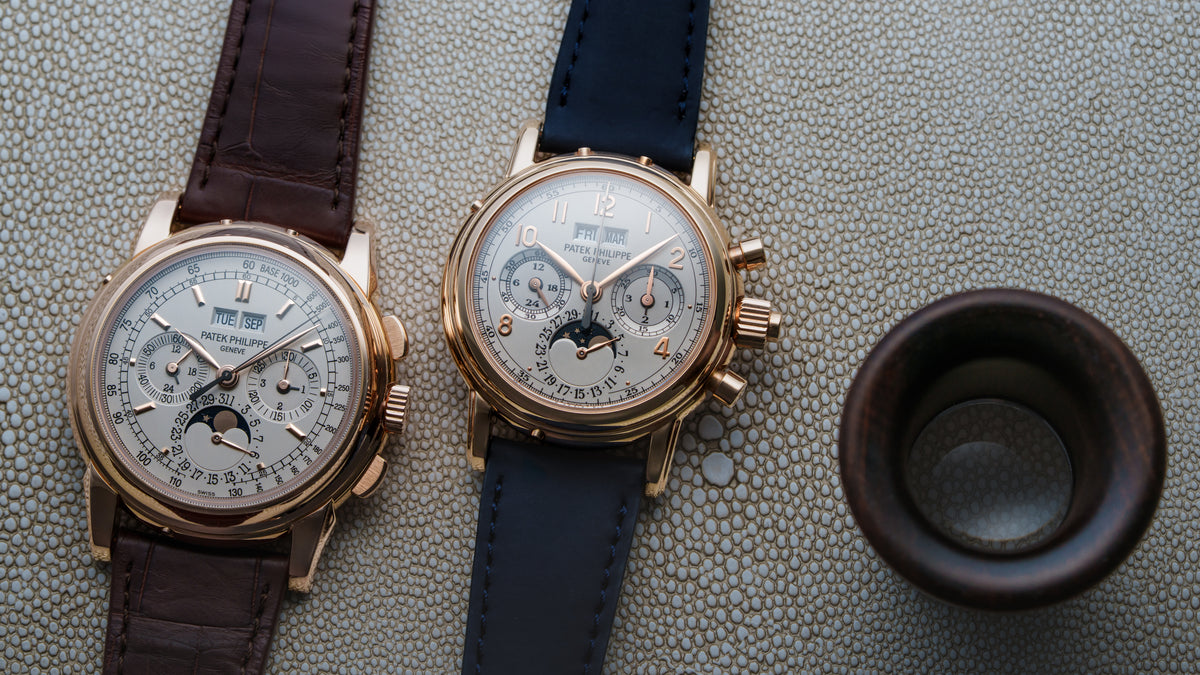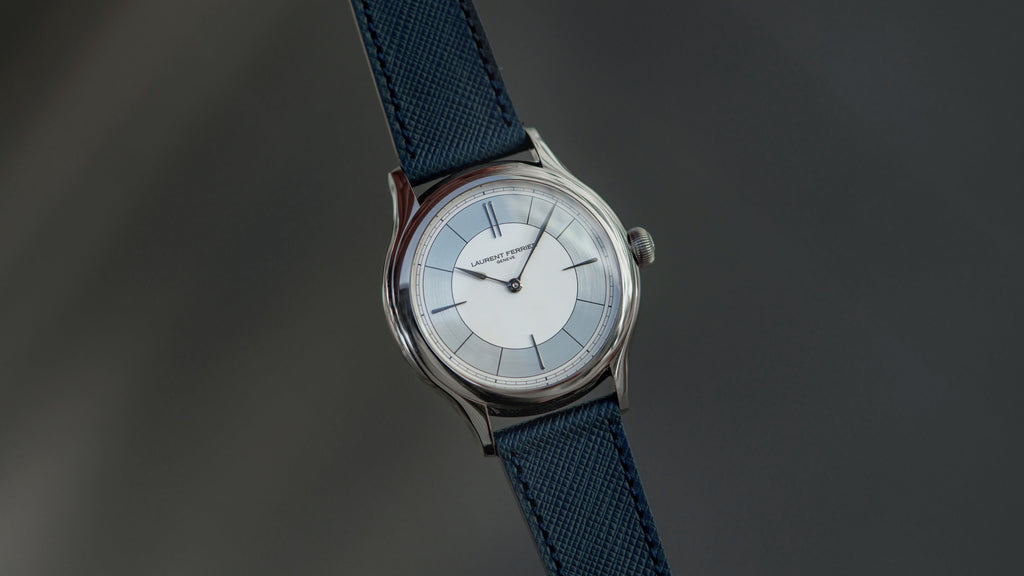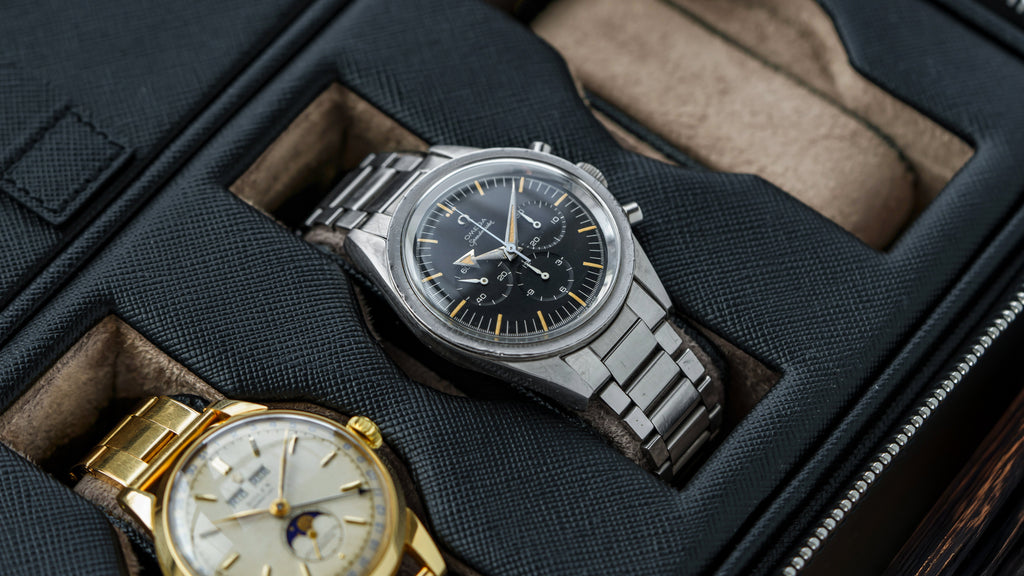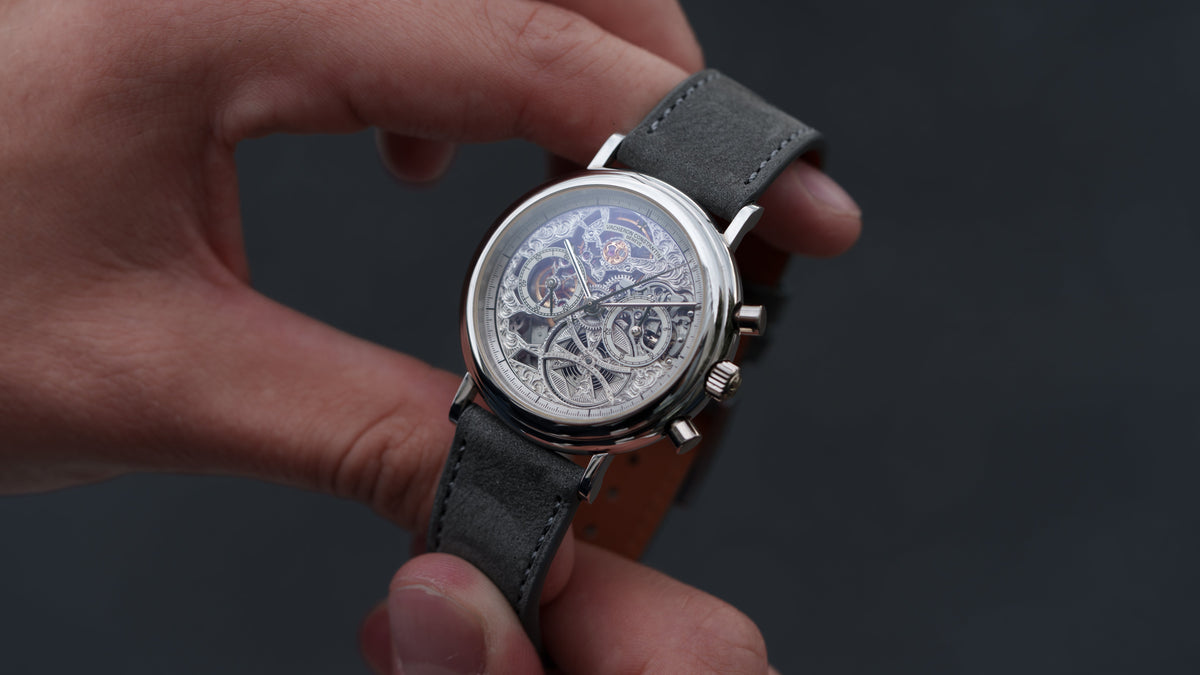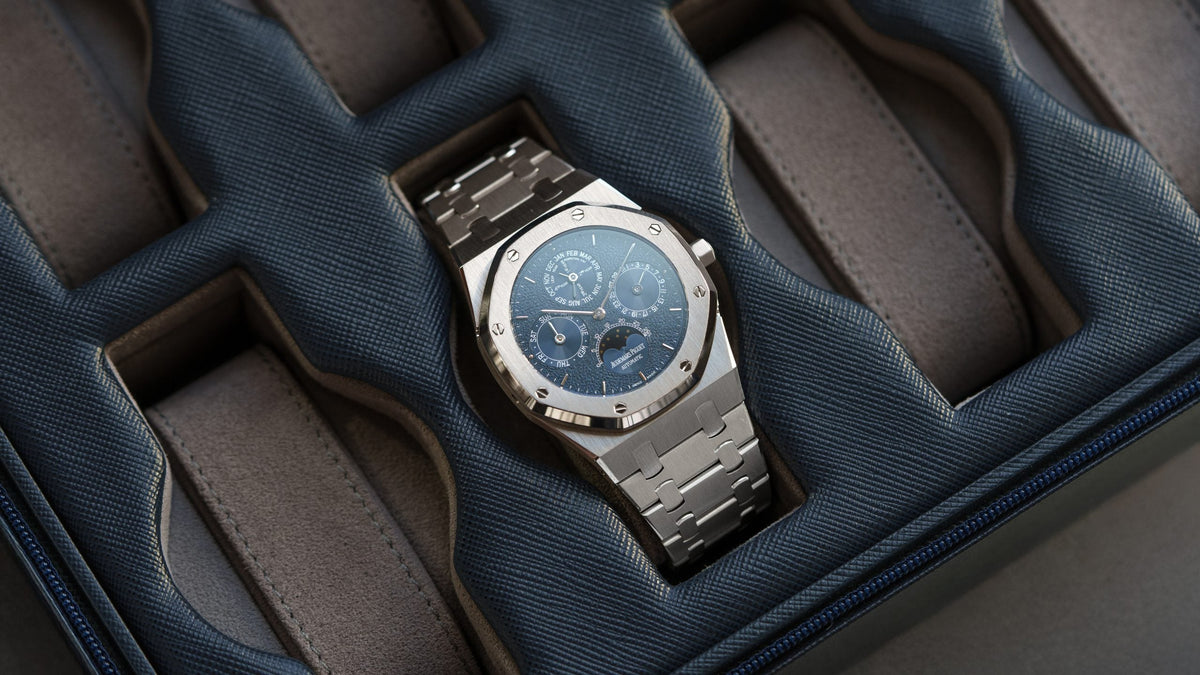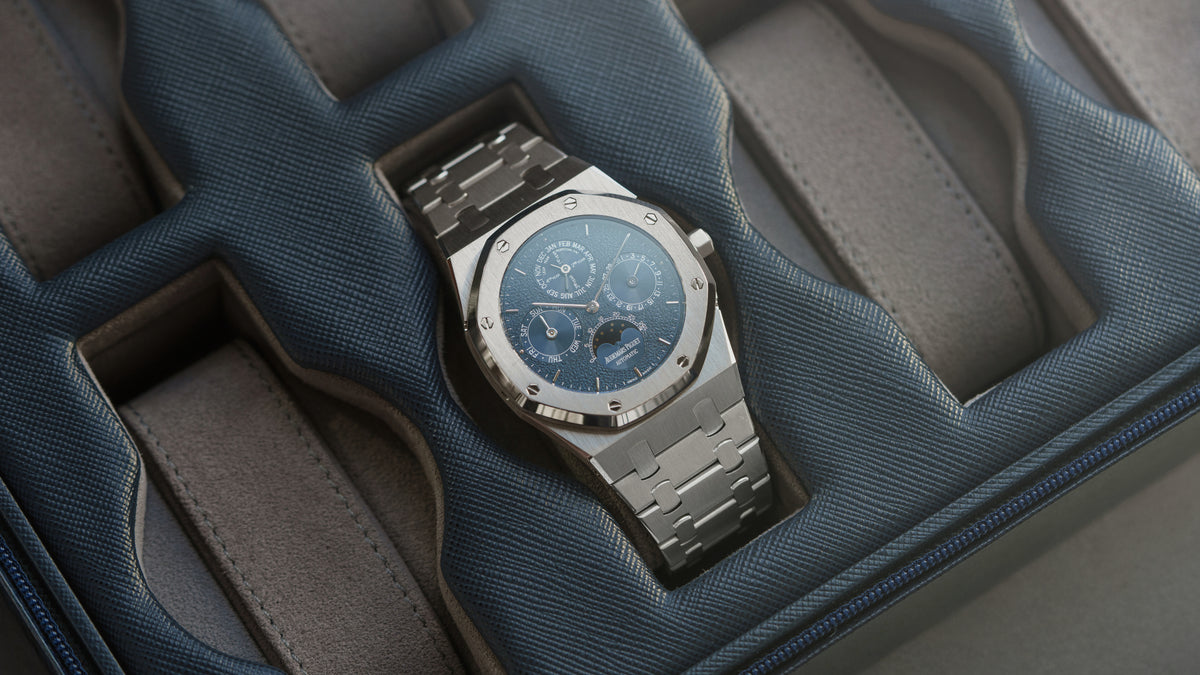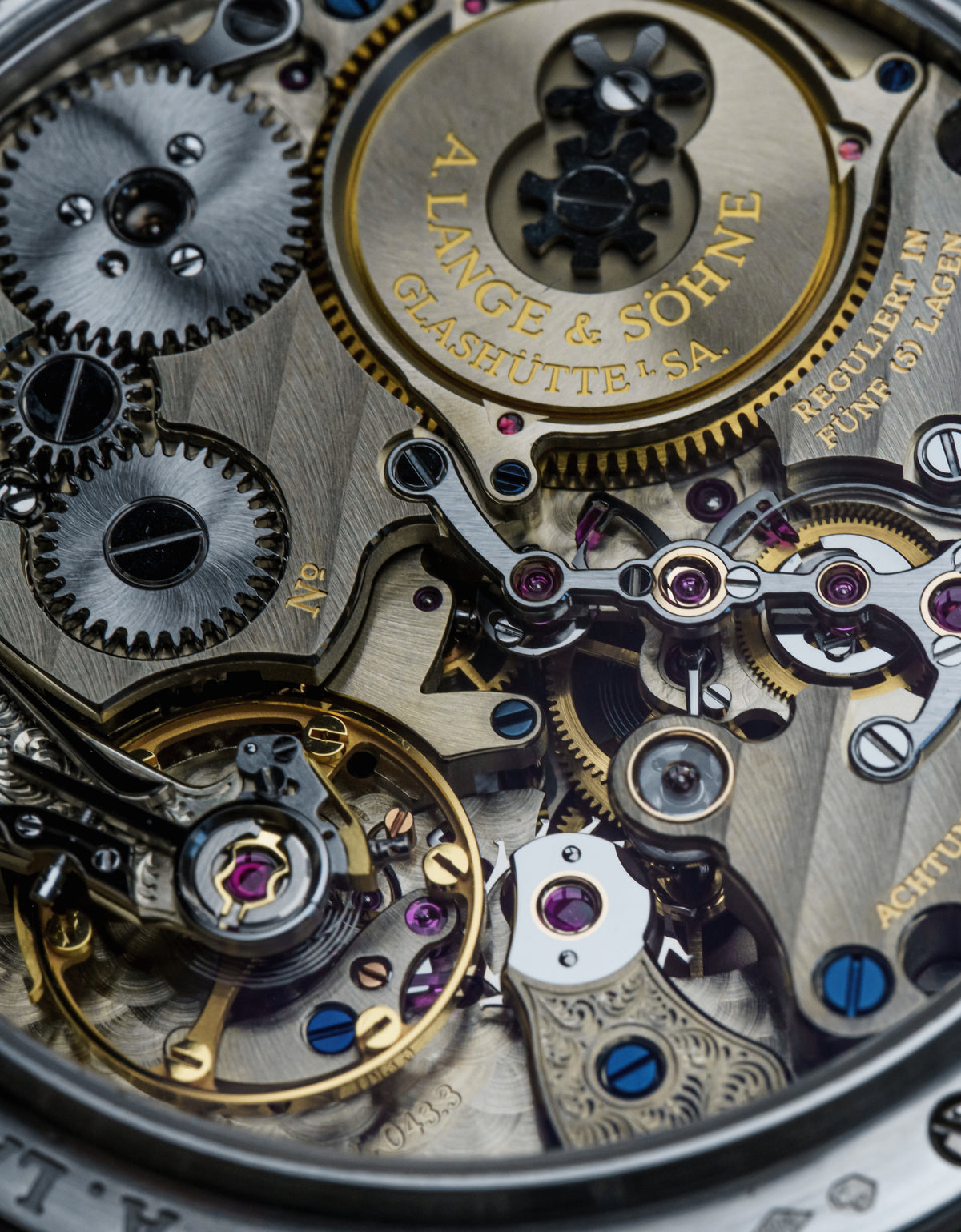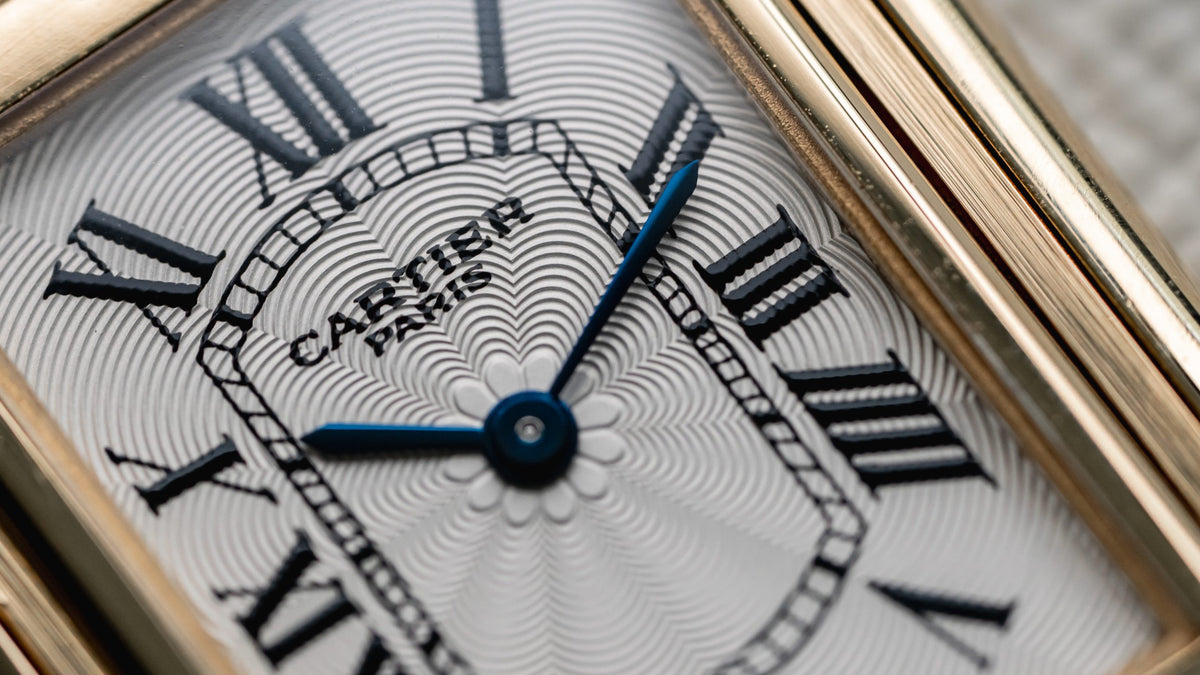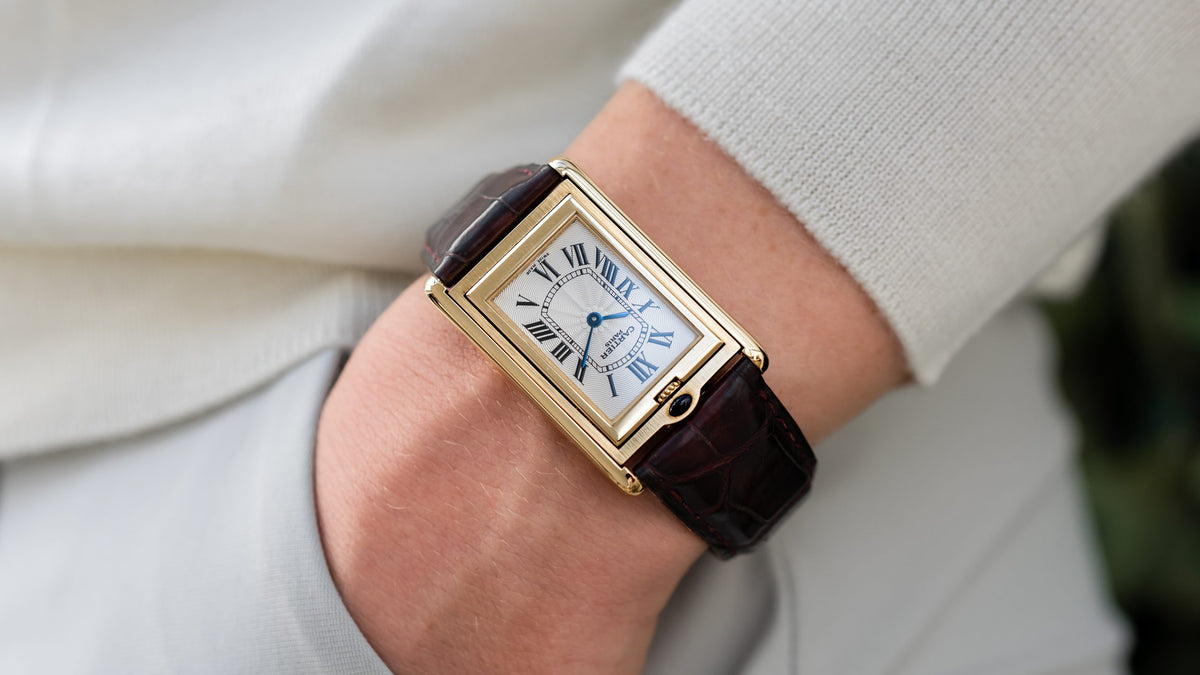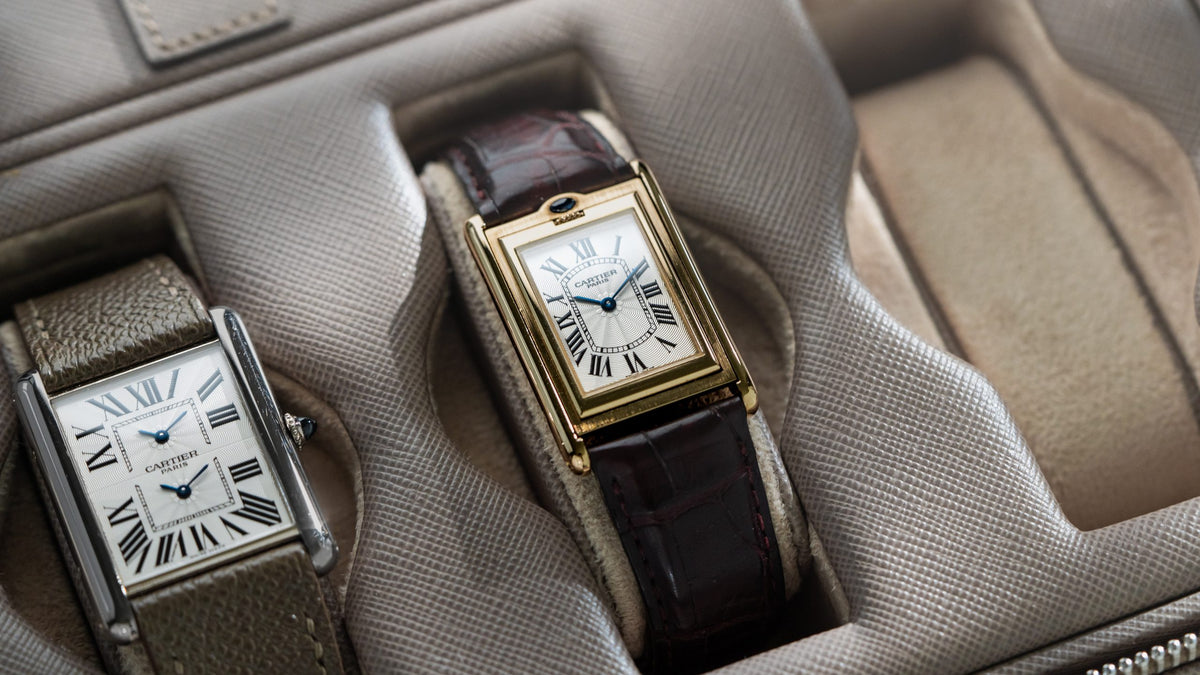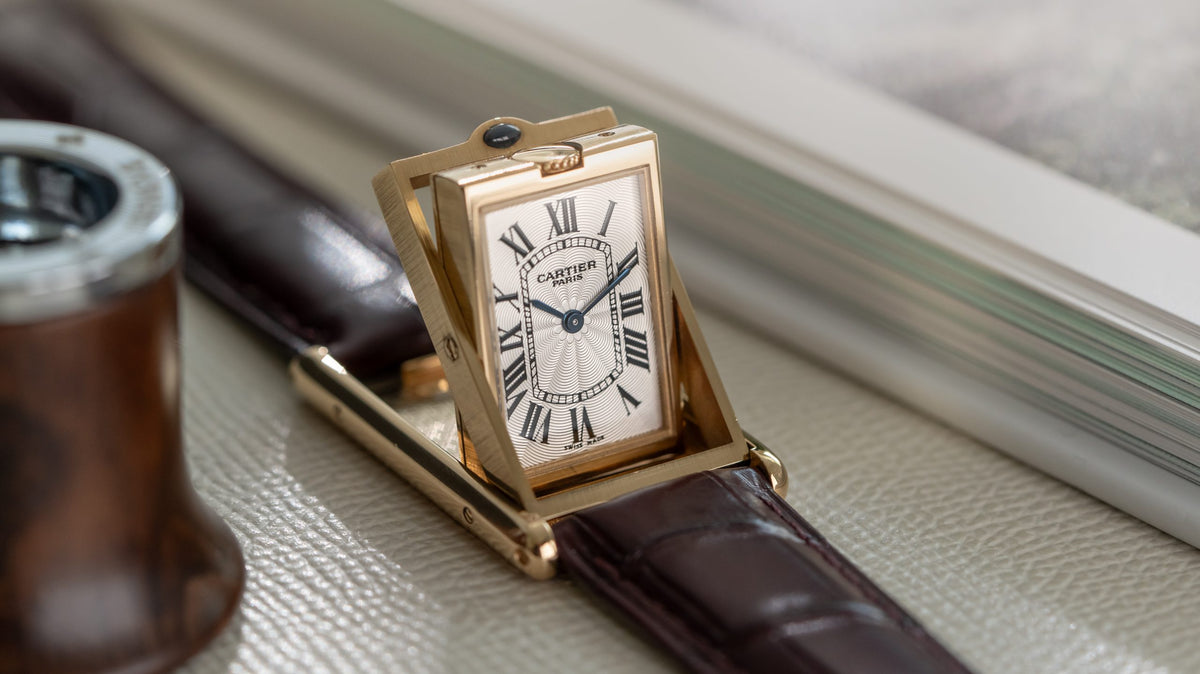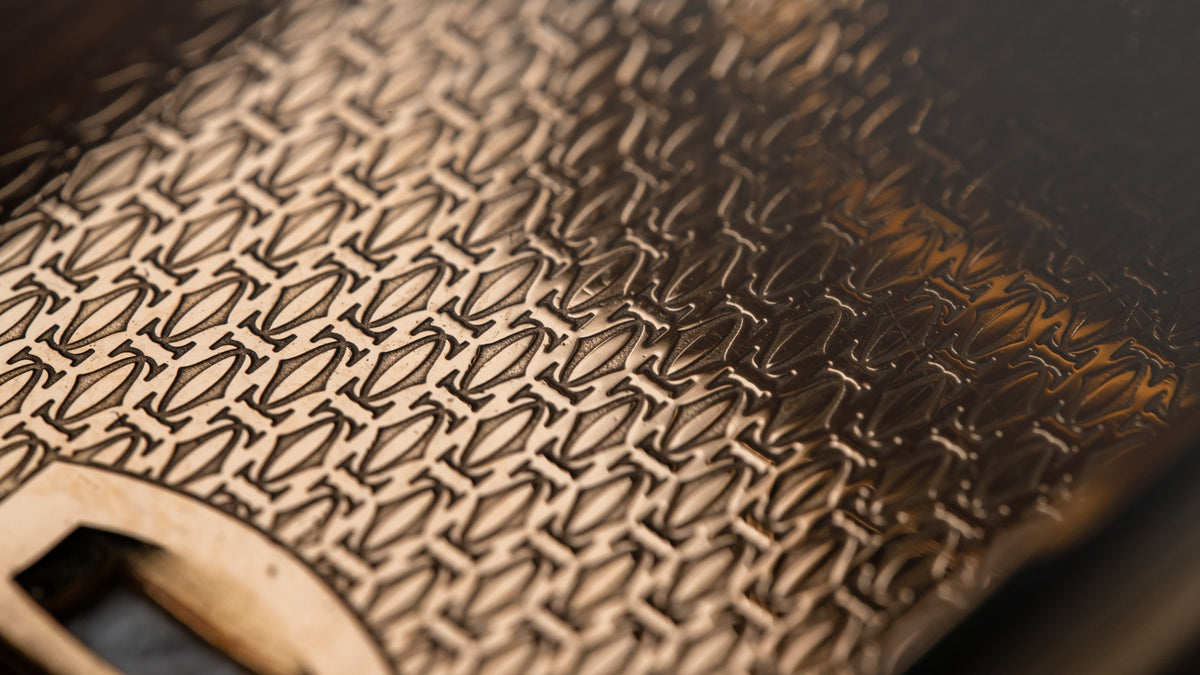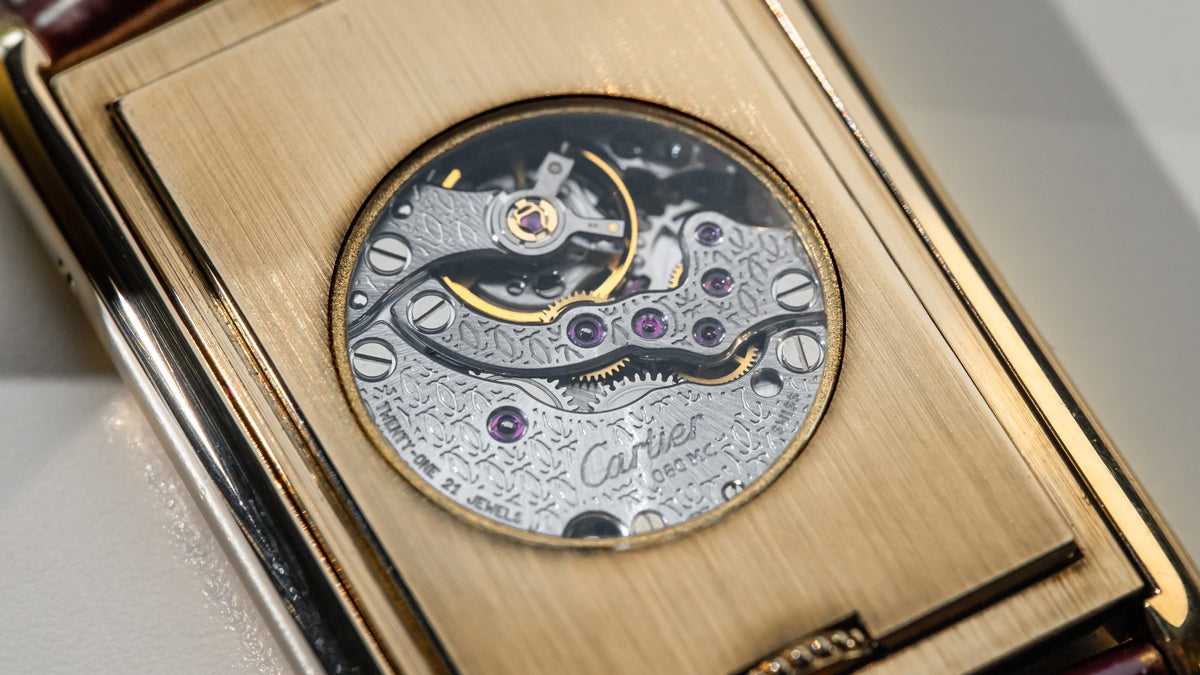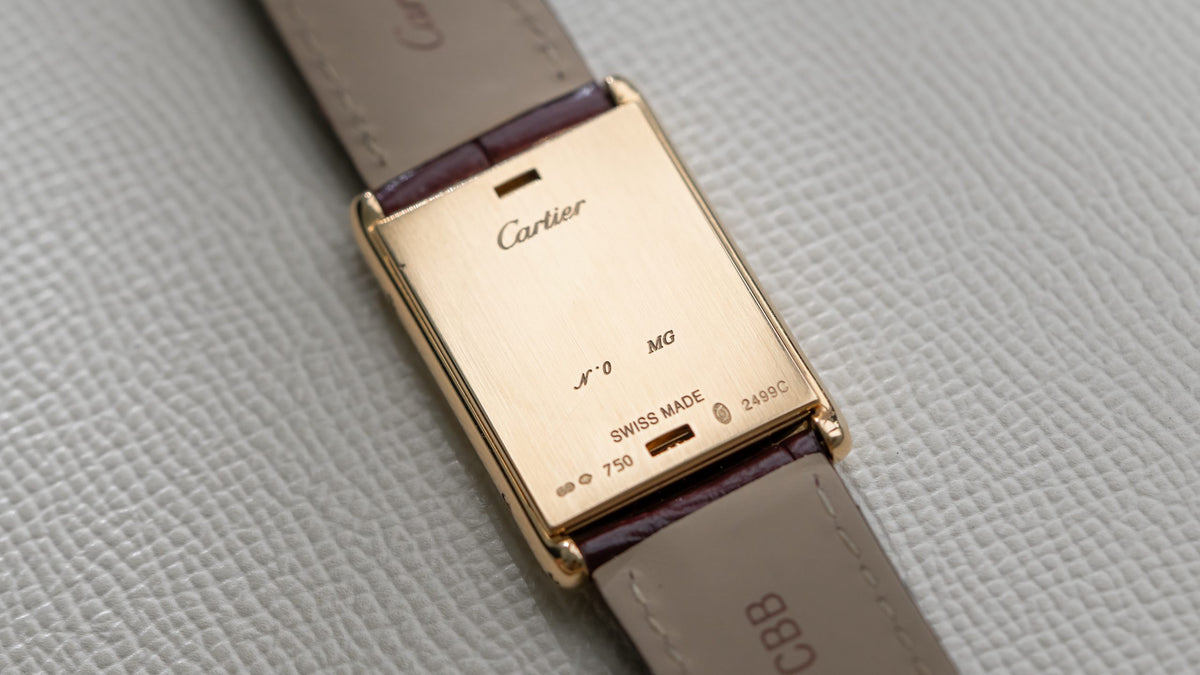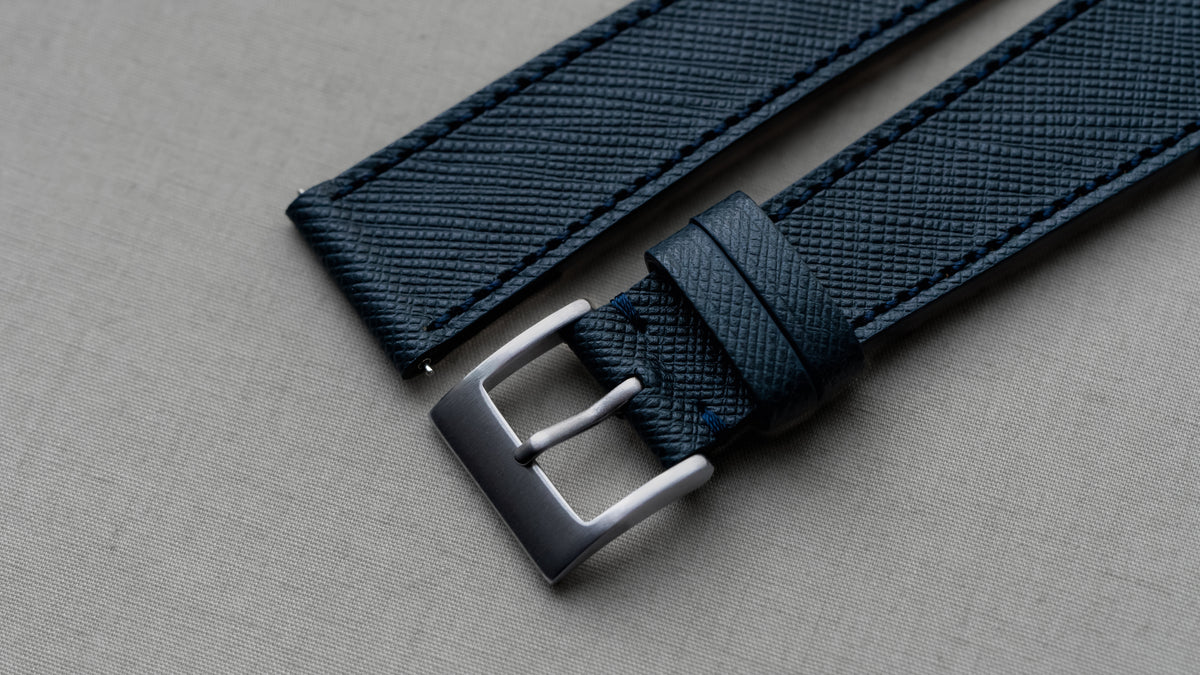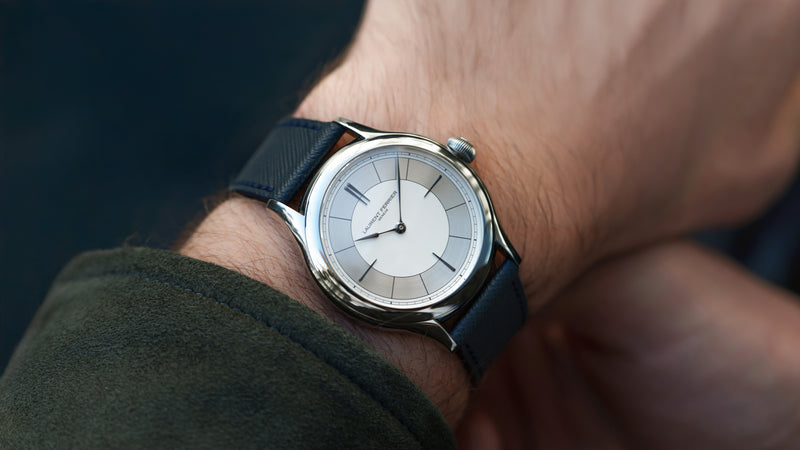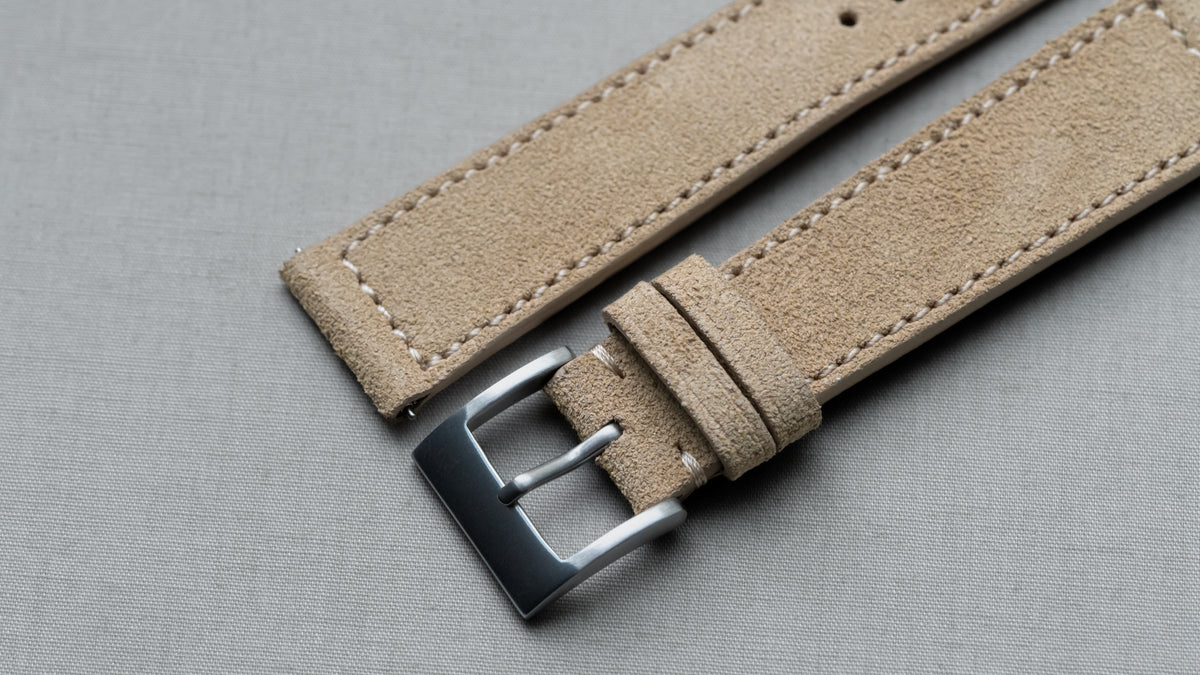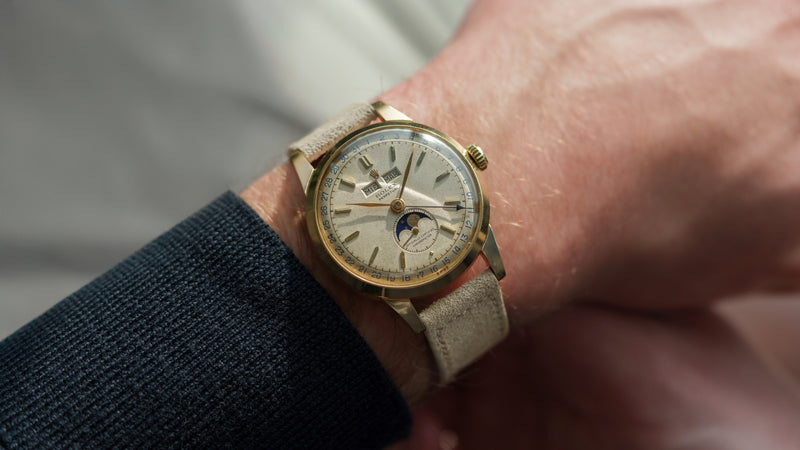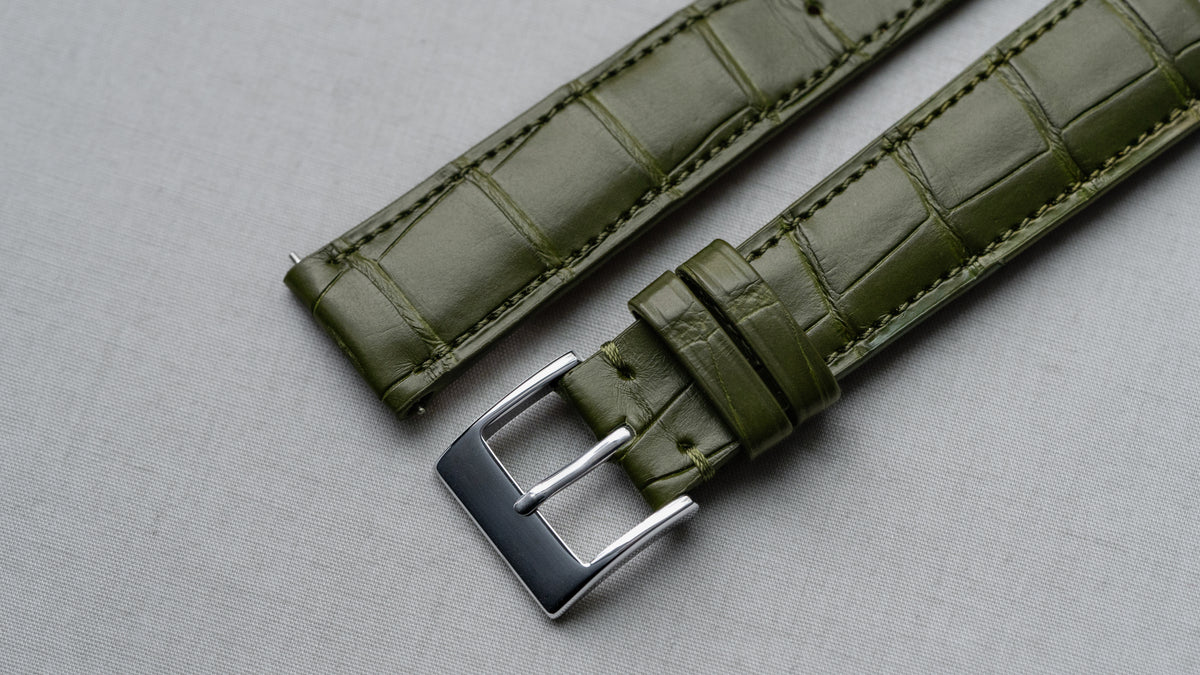2499C, CPCP Tank Basculante, Yellow Gold
A Cartier Tank Basculante ref. 2499C, one of two Basculantes released within the Collection Privée Cartier Paris (CPCP) and the only to offer an exhibition caseback upon manipulation of the model’s rotating case design. It is a revival of both the original Tank Basculante released in 1932, as well as the artisanal focus of the Cartier brand’s ‘Golden Age’ of the 20s through the 60s. The CPCP line was immensely successful in its goal; capturing the watch community’s renewed appreciation for fine mechanical watchmaking following the quartz crisis. This is a serious range displaying fine craftsmanship and refined design in all its offerings. The 2499C, with its rotating case design, perfectly walks the line between its dutiful purpose and the Basculante’s lighthearted character, both of which are easy to admire.










